
Checklist
Encourage Green Purchases
Citizens or businesses might be reluctant to switch to a greener technology if they invested significant resources in their current solution.
We list several techniques below that you can leverage to help citizens overcome attachment to past investments and encourage green purchases.
| Highlight current and future costs and benefits |
Help people obtain a more rational perspective on their past purchases by presenting the objective costs and benefits of the old versus the new technology.
Reduce the effects of the sunk cost fallacy by presenting citizens with clear facts about technology switching. People tend to view their past purchases through the lens of emotions and past commitments, which obscures their rational judgement. Help them to understand that investing in new technology may actually be more cost-effective in the long run.
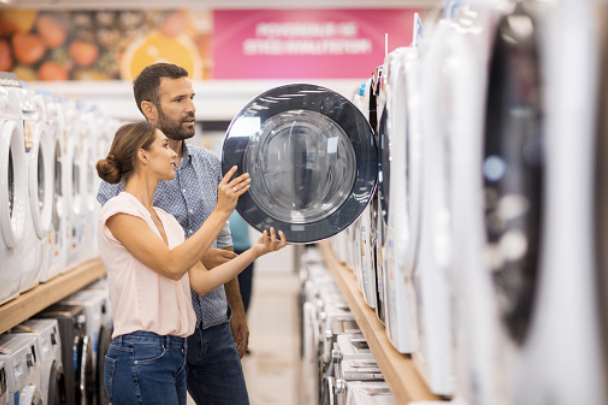
Case Study
Using Product Descriptions to Increase Purchase of Energy-Efficient Appliances
A nationally representative study in the U.S. examined how product descriptions affect consumer willingness to purchase standard vs. energy-efficient refrigerators.
A basic product description that featured appliance price and energy consumption in kWh led to 57% of participants choosing the green alternative. However, simply adding information about how much additional electricity costs the less-efficient appliance will incur over the next 20 years led to 72% of participants choosing the green alternative.
By clarifying the future costs and benefits associated with conventional and green appliances, respectively, the product descriptions dramatically shifted consumer preferences.
| Alleviate the cost of past investments |
Help citizens recover part of the sunk costs by providing opportunities for trading in their old appliances and vehicles.
This can be accomplished by providing opportunities for trade-ins and rebates for existing equipment. In addition, make these opportunities easily accessible, requiring minimal effort from consumers. Doing so will encourage people to update their appliances to energy-efficient models.
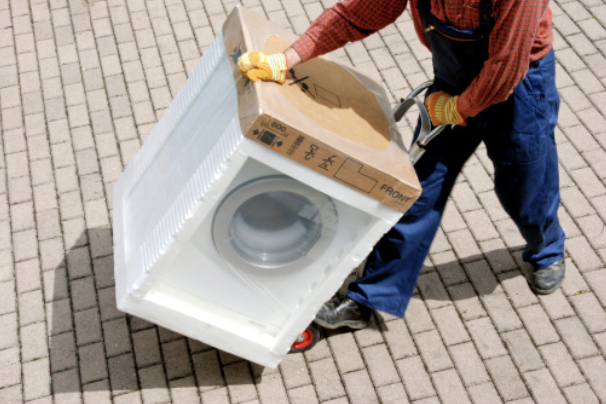
Case Study
Easy Trade-In Programmes for Inefficient Appliances Encourage People to Upgrade to More Efficient Appliances
NIPSCO, a natural gas company based in Indiana in the U.S., encourages customers to trade in outdated appliances in exchange for newer, more energy-efficient models.
The company offers monetary incentives for citizens to participate in the trade-in programme and will collect the outdated appliances from people's homes free of charge.
This programme nudges customers to upgrade to more efficient home appliances by minimising the cost of the upgrade through financial incentives and pick-up services that reduce the amount of effort required from individuals.
| Frame the status quo as a loss |
Highlight the potential losses that individuals might incur if they do not change their behaviour.
People tend to perceive losses as more severe than gains of equivalent value, a phenomenon known as loss aversion. As a result, people prefer sticking to their current state of affairs and avoid taking risks.
Frame the status quo as a loss to prompt citizens to change their behaviours. Emphasise that maintaining the current system or appliances may result in losses over time.
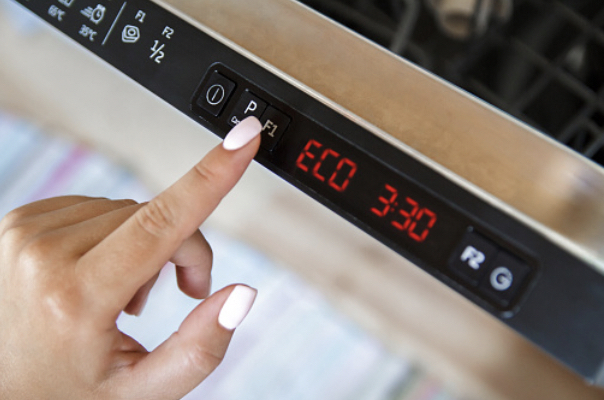
Case Study
Stronger Status Quo Bias Can Lead to Higher Domestic Energy Consumption
A 2018 study conducted across several European countries investigated how status quo bias influences homeowners' domestic energy consumption. People who are more strongly inclined to maintain the status quo are less likely to upgrade to more energy-efficient appliances. The researchers used survey measures to assess participants' adherence to status quo bias.
The results indicated that energy consumption was on average 5.7% higher in households where the head of the household was status quo biassed. In addition, another study found that highlighting long-term losses associated with having energy-inefficient appliances can lead to greener purchasing decisions.
| Make green technology the default option |
Default citizens to adopt the new technologies where possible.
The default refers to the choice people end up making if they do not make an active decision. Set the desired behaviour as the default option to increase the number of individuals who end up continuing with that option. This will make citizens and businesses more likely to stick with the default option rather than revert to less sustainable alternatives.
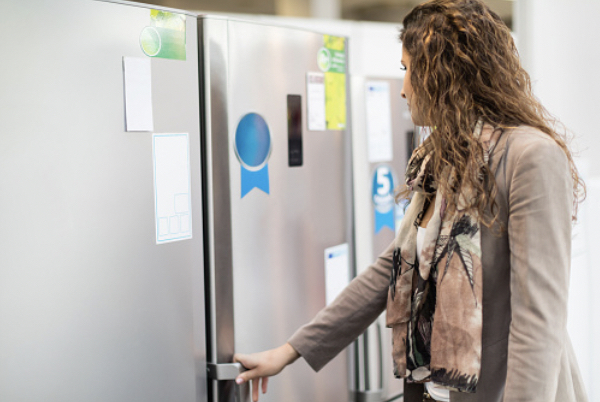
Case Study
Defaulting Renewable Energy Encourages Customers to Stick with This Option
A recent investigation conducted in Switzerland evaluated the effect of making renewable energy the default option for household and business energy customers.
The researchers found that 80% of participants stayed with this default option and that this pattern was largely consistent over the subsequent four years.
Making green options the default option for consumers can increase participation by eliminating the need for people to put forth additional effort to make their behaviour sustainable.
| Provide simple and clear information |
Design communications based on the assumption that most people are time-poor and have limited attention spans.
Here are a few tips to keep in mind:
Accessible communication increases people's trust in the information and the likelihood that they will engage with the content.
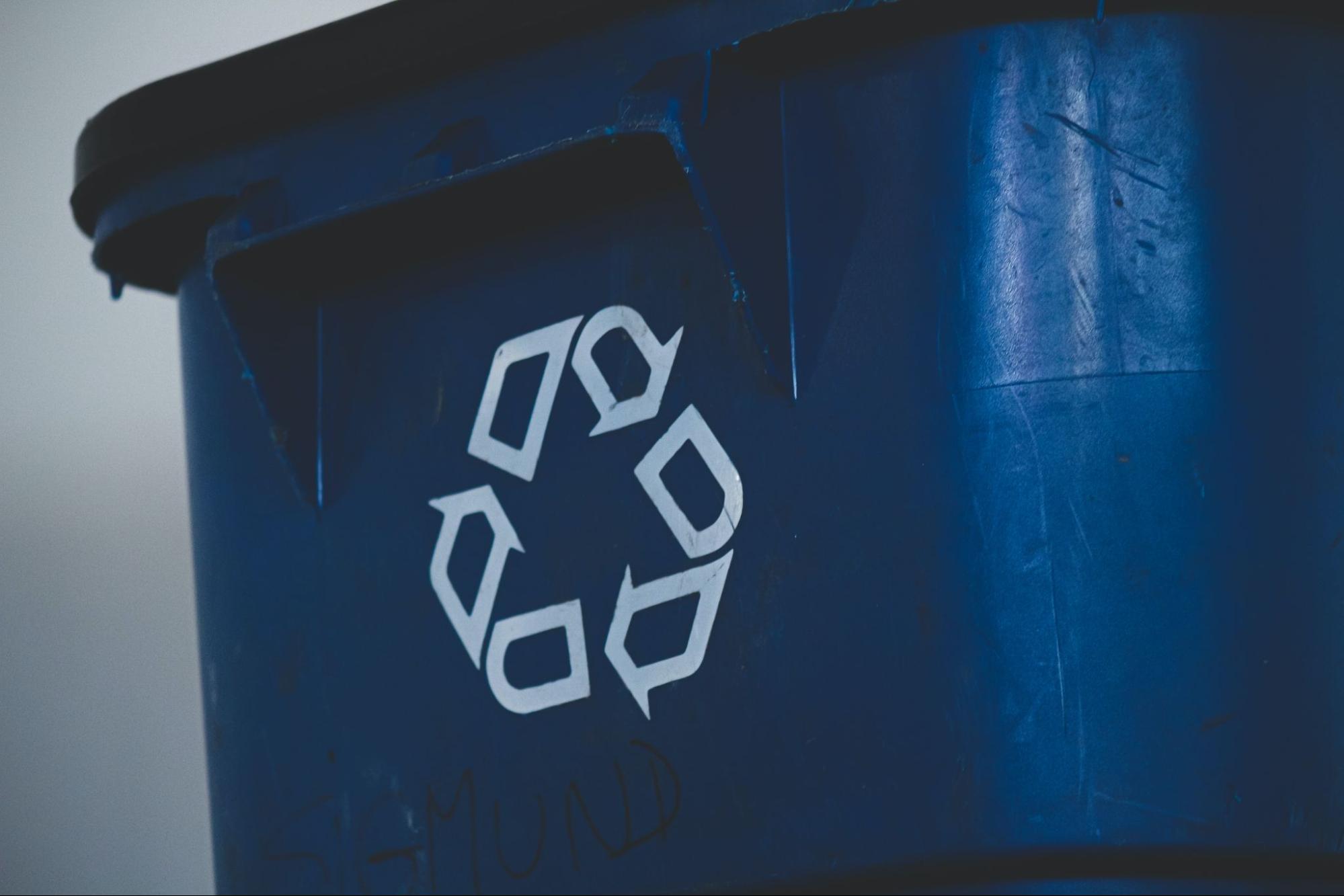
Case Study
Attitudes in Favour of Eco-Friendly Choices Predict Individuals' Green Appliance Purchases
A 2019 study conducted in China investigated the psychological precursors of purchasing green appliances.
An online survey was conducted to evaluate consumers' perceptions of and attitudes towards eco-friendly appliances. The researchers found that perceived ease of use, perceived behavioural control, and attitude significantly influenced participants' purchasing intentions.
Policies aiming to increase uptake of sustainable technologies should emphasise the simplicity and efficacy of these appliances to increase purchasing intentions.
| Encourage citizens to make a small commitment first |
Encourage people to make big commitments by getting them to make smaller adjustments in the first place.
Offer opportunities for citizens and businesses to make modest, simple behavioural adjustments. After individuals have taken these initial steps, then encourage them to adopt more significant behavioural changes.
People are more willing to make substantial commitments in increments than to make large changes all at once.
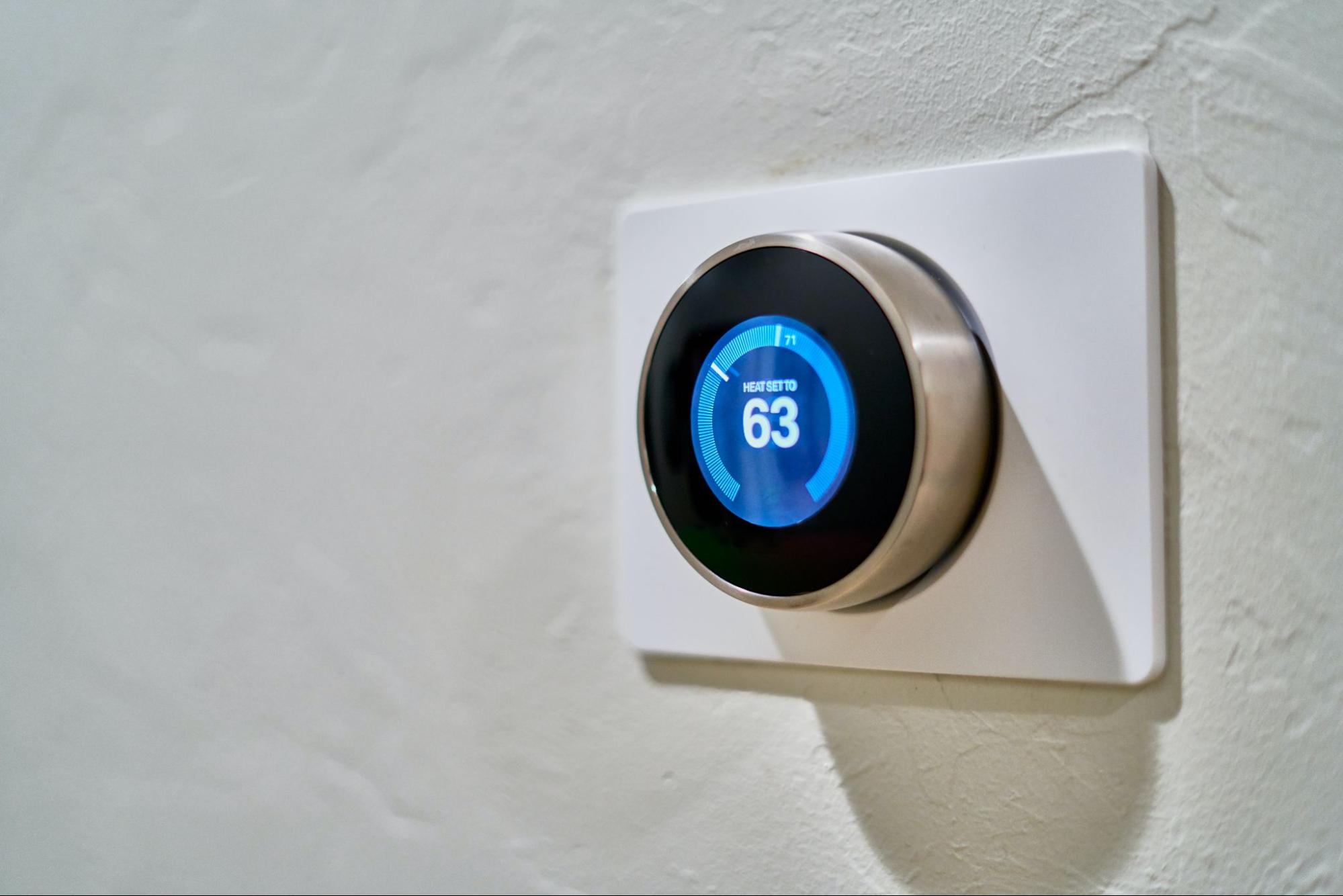
Case Study
Using the Foot-in-the-Door Technique to Increase and Promote Recycling
An early experiment conducted in 1977 evaluated the effectiveness of using the foot-in-the-door technique to encourage recycling.
Participants in the experimental conditions were to place a sign promoting recycling in their windows. Two weeks later, participants were again contacted and asked to comply with a more substantial request relating to promoting recycling.
The results indicated that individuals who had first been presented with a small request were more likely to comply with the larger request than those who did not receive the first request.
Policies aimed at encouraging substantial behaviour change should incorporate opportunities for individuals to first accomplish small or moderate behavioural tasks.